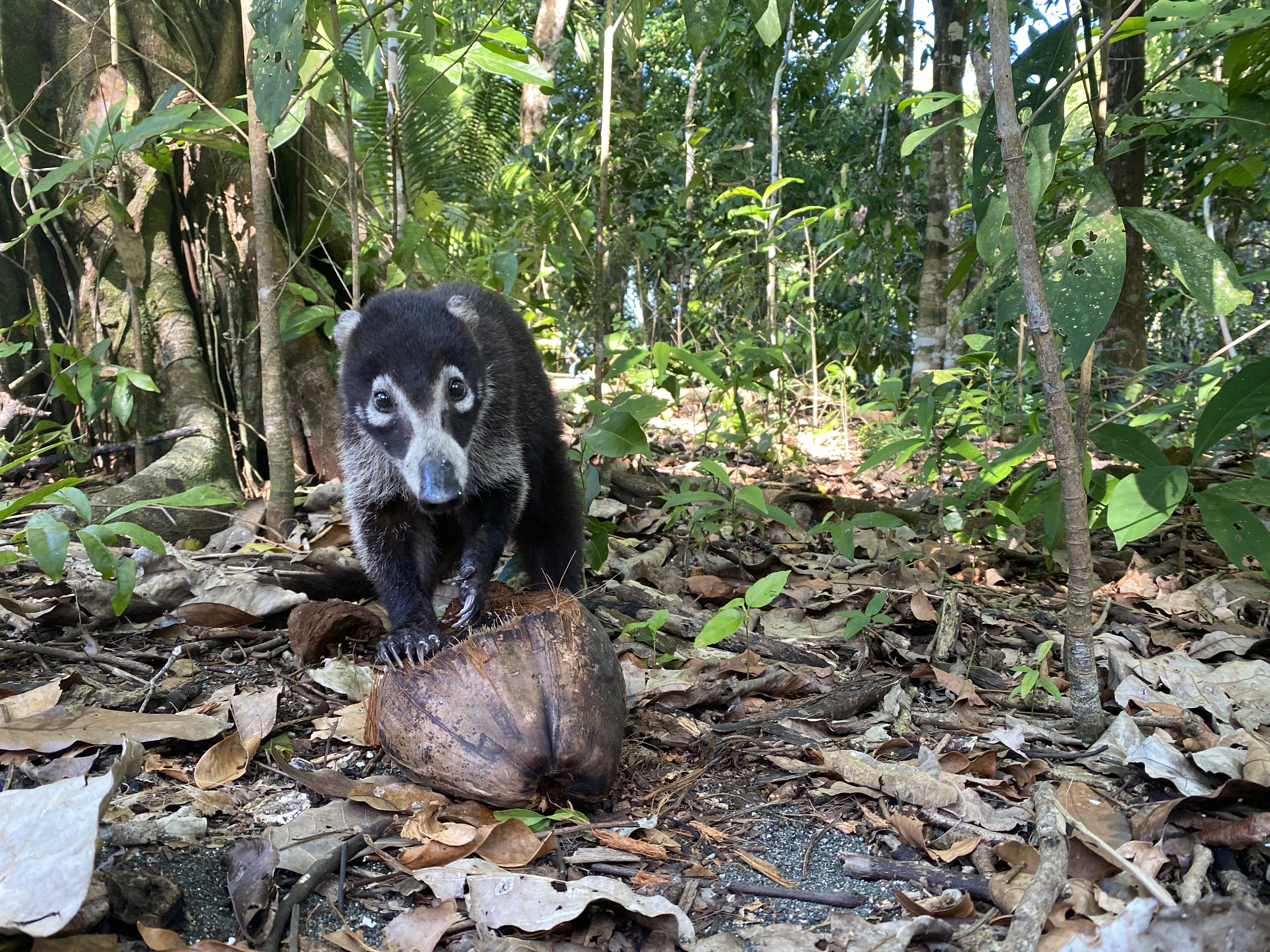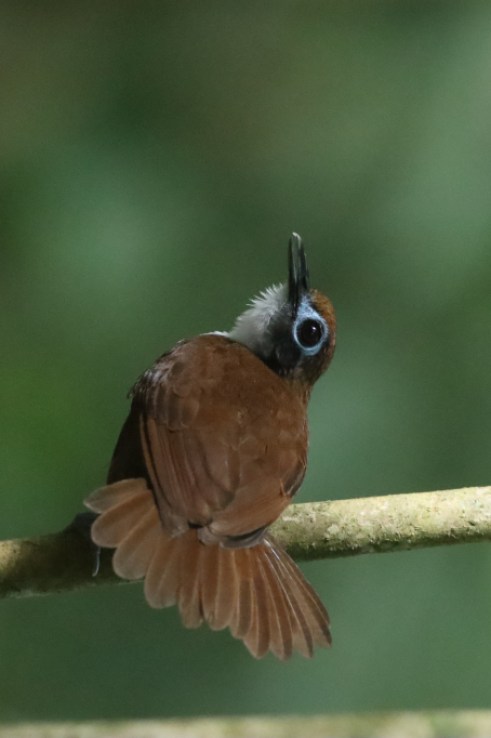Tripping on Costa Rica’s Biodiversity
The Central American County Is Teeming with Life

The rainforest floor of Corcovado National Park on the Osa Peninsula of Costa Rica was teeming, rolling, always in motion. At first, we couldn’t make out what we were looking at. The ground was muddy with brown, fallen leaves darkened by the oncoming evening. Then there was a flash of white and baby blue. Our guide informed us it was a bicolored antbird dive-bombing into thousands upon thousands of army ants.
The Corcovado became a national park in 1974 and is one of the most biologically intense places on earth. I recently teamed up with Holly Lohuis to explore it. For the past 24 years, Lohuis has worked as a marine biologist and educator for Jean-Michel Cousteau’s Santa Barbara–based nonprofit, the Ocean Future’s Society.
Lohuis has been on 12 expeditions to far-flung places, such as the Amazon, Fiji, the Arctic region, and the Northwestern Pacific Isles. Plastic pollution is almost always a problem, and during our trip, king tides on deserted beaches left a depressing reminder of the world’s dependency on plastics. However, Lohuis pointed out, “Costa Rica has pledged to ban single-use plastics by 2021. It’s a very ambitious goal, and it’s a goal we can all strive for.”

More than 25 percent of the Central American country consists of national parks, reserves, and protected areas. One large goal for conservationists is the ongoing effort to create a massive wildlife corridor, called The Path of the Tapir, that allows migratory wildlife like the Baird’s tapir, jaguar, and scarlet macaws to move unimpeded between breeding and foraging grounds.
The tapir (danta in Spanish) is the largest land mammal in the rainforest. Closely related to the horse and rhinoceros, it symbolizes the rich biodiversity throughout Costa Rica’s wild places. Nevertheless, threats continue to simmer in Costa Rica. Hydroelectric power companies want to tap into its rainforests. And with increased tourism, how do national parks manage throngs of visitors? It’s a balancing act the Costa Rican government will have to juggle.
Our four-day trek through the rainforests began in the north at Los Patos Ranger Station, continuing for 13 miles in the mud and across rivers to the southwest and the coastal Sirena Ranger Station, before finishing up nine miles to the south at La Leona Ranger Station.
Although we never spotted any of the six species of cat that inhabit the Corcovado, it was amazing seeing two- and three-toed sloths, marauding coatis, wallowing tapirs, blue morph butterflies, the Jesus Christ lizard, tree-climbing tamanduas, and all four species of monkey.
Approximately 375 species of birds have been recorded in the Corcovado National Park. We saw or heard over 60, including the brilliant scarlet macaw and the tiny orange-collared manakin.
Enough couldn’t be said about our guide Marco Umana, 28, who could literally spot a dime on the damp rainforest floor. Umana has guided all over Costa Rica for the past five years and has seen 725 of Costa Rica’s 935 bird species, but says the Corcovado is a very special place. “It’s the concentration of species on the Osa Peninsula,” says Umana. “The unspoiled region was recognized a long time ago as a place of ecological importance.”




You must be logged in to post a comment.